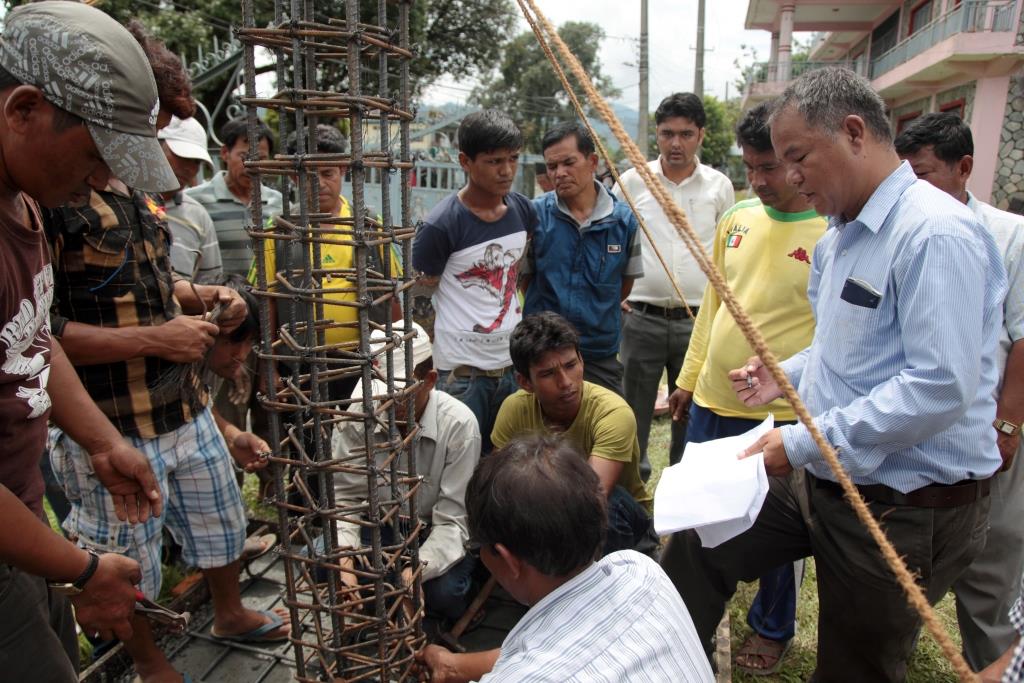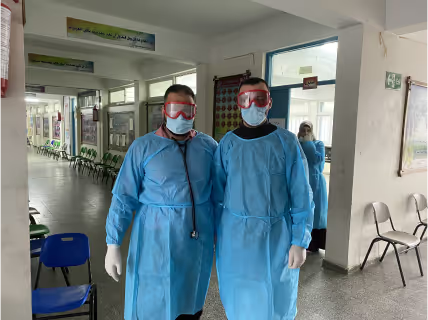Understanding the role of remittances in reducing risk to earthquakes

Project overview
This project will appraise the Nepalese migrant community (at least 200 migrants) and the use of remittances in building construction, and seeks to identify the role of remittances in reducing risk to earthquakes.
Project solution
This project offers [specific solution or intervention] to tackle [challenge]. By implementing [strategies, tools, or innovations], the project aims to achieve [desired outcomes]. The approach is designed to [specific actions or methods] to bring about meaningful change in [community, region, or issue area].
Expected outcomes
This project aims to achieve [specific outcomes], such as [measurable results, improvements, or changes]. The expected impact includes [benefits to the target community, advancements in research or innovation, or long-term effects]. By the end of the project, we anticipate [specific changes or milestones] that will contribute to [broader goals or objectives].
Summary: Kathmandu valley is considered one of the most at-risk cities to earthquake in the world. Majority of deaths, injuries and displacements are certain mainly as a result of collapsed structures that are not safe. The current response to this context is mainly reflected in legislative aspects of earthquake resilient structures. This project will appraise the Nepalese migrant community (at least 200 migrants) and the use of remittances in building construction, and seeks to identify the role of remittances in reducing risk to earthquakes. The communication channel is expected to be developed from the project which can be widely used by the relevant agencies working on earthquake preparedness and resilience.
WHAT IS THE HUMANITARIAN NEED?
The following challenges will be addressed by this project:
- Looming threat of major earthquake throughout the country, mainly in Kathmandu Valley
- Majority of deaths, injuries and displacements will be as the result of collapsed structures that are not earthquake resilient
- Throughout Nepal, communities are vulnerable to an earthquake due to lack of safe construction practices
- House structures are mainly constructed of cement mortar and RCC pillar and beam with cemented ceilings, with greater dead load
- The current approach focuses on the policy and legislative aspects of earthquake resilient structures, and not much on the awareness of new construction owners
WHAT IS THE INNOVATIVE SOLUTION?
The project has identified the need of influencing diaspora on safe building construction practices. Based on the significant role of remittances on household income in Nepal, this project will obtain the formative data required on the links between remittances and house construction decisions and the means of communications used between remittance senders and receiving households.
Added Value: This scoping study appraising the Nepalese migrant community, their use of remittances particularly in house construction recognises the importance and potential of remittances and seeks to identify guiding information to develop innovative strategies and projects for necessary intervention to safe construction practices through appropriate communication channels of raising awareness. These communication channels can be utilised in a variety of ways by government, humanitarian and development partners, from communicating with migrants in a crisis response situation to communicating for productive investment purposes.
WHAT ARE THE EXPECTED OUTCOMES?
The project will assess current awareness level of migrant workers on disaster risks and identify information gaps and mechanisms for communication; identify the share of income investment into houses construction; institutionalise mechanism for communication and information sharing; and share lessons learned through workshops and reports. The information will serve as the basis to larger projects on earthquake preparedness and safe construction practices in Nepal.
Project delivery & updates
Stay up to date with the latest developments from this project. Here, you will find details on what has been delivered, resources created, and regular updates as the project progresses. Access key documents, reports, and other materials to see how the project is making an impact.
Resources
Report
LEARN MORE